9 College Campuses with Architecture So Stunning You’ll Forget It’s a School
In the realm of academia, college campuses are often seen as bastions of learning and intellectual growth. However, some universities transcend their educational mandates by offering an additional, unexpected gift: breathtaking architecture. These campuses are not just places where students attend lectures and study for exams; they are living galleries of art and design, where the buildings themselves tell stories of history, innovation, and cultural significance. From Gothic spires to modernist marvels, the architecture on these campuses creates an immersive environment that inspires both students and visitors alike. This article explores 9 such campuses, each a masterpiece in its own right, where the beauty of the built environment is so profound it makes one momentarily forget the academic pursuits within.
1. The Timeless Elegance of Oxford University
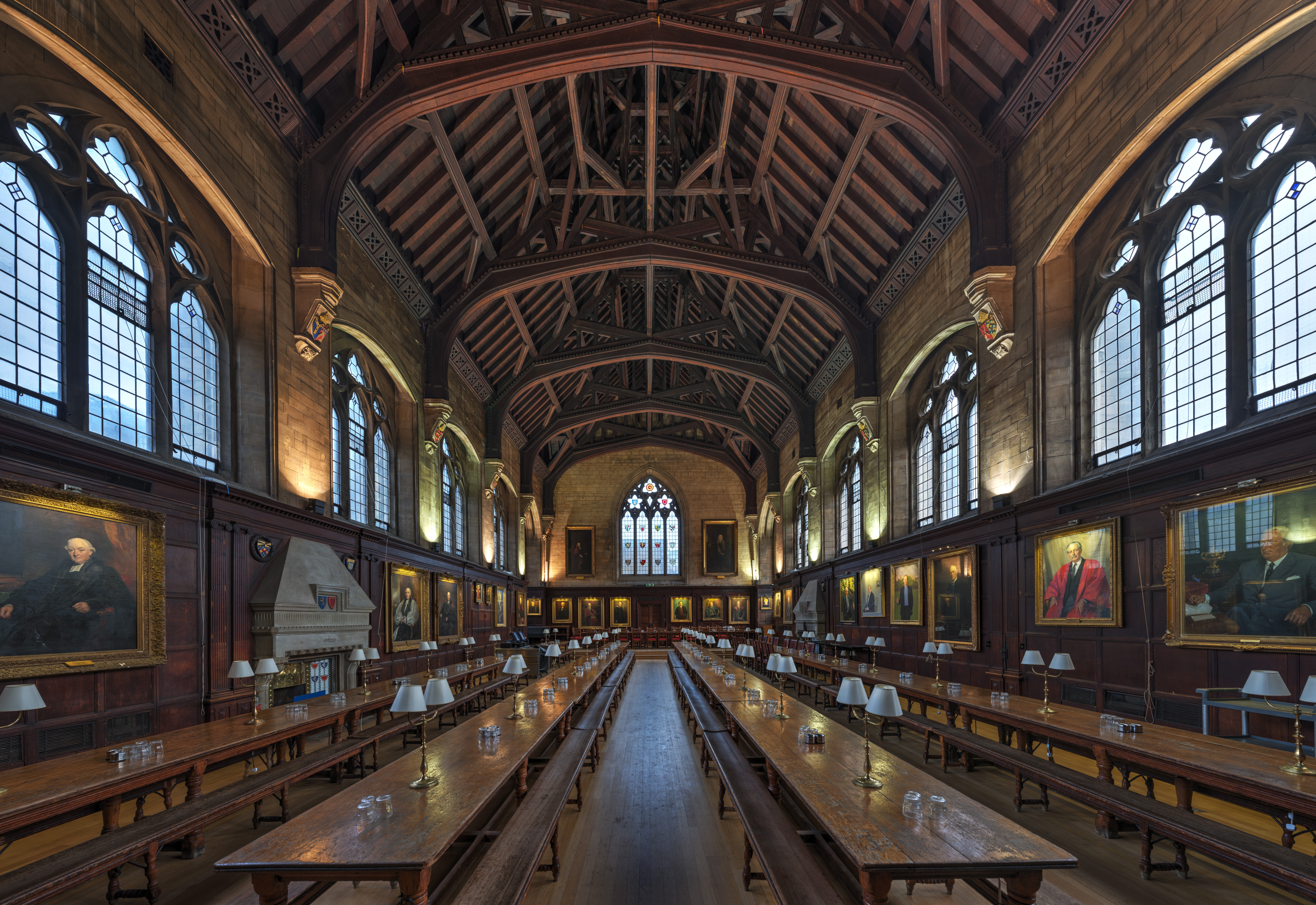
Oxford University, with its roots tracing back to the 12th century, is a paragon of collegiate Gothic architecture. The university's buildings are a testament to the grandeur of medieval and Renaissance design, featuring pointed arches, intricate stone carvings, and towering spires that pierce the sky. The Radcliffe Camera, one of Oxford's most iconic structures, exemplifies the Baroque style with its circular form and domed roof, serving as a visual focal point in the heart of the city. Walking through the cobbled streets of Oxford, one encounters a seamless blend of history and academia, where each college boasts its own architectural identity, yet collectively they form a harmonious ensemble that has inspired scholars and artists for centuries. The Bodleian Library, another architectural gem, stands as a symbol of Oxford's commitment to knowledge and preservation. Its medieval quadrangles and the Divinity School, with its fan-vaulted ceiling, are marvels of craftsmanship. These spaces, steeped in history, provide a serene backdrop for academic pursuit, where the architecture itself seems to whisper the wisdom of generations past. Oxford's architectural splendor is not merely aesthetic; it is a reflection of the university's enduring legacy and its role as a custodian of intellectual and cultural heritage.
2. The Modernist Vision of Massachusetts Institute of Technology (MIT)
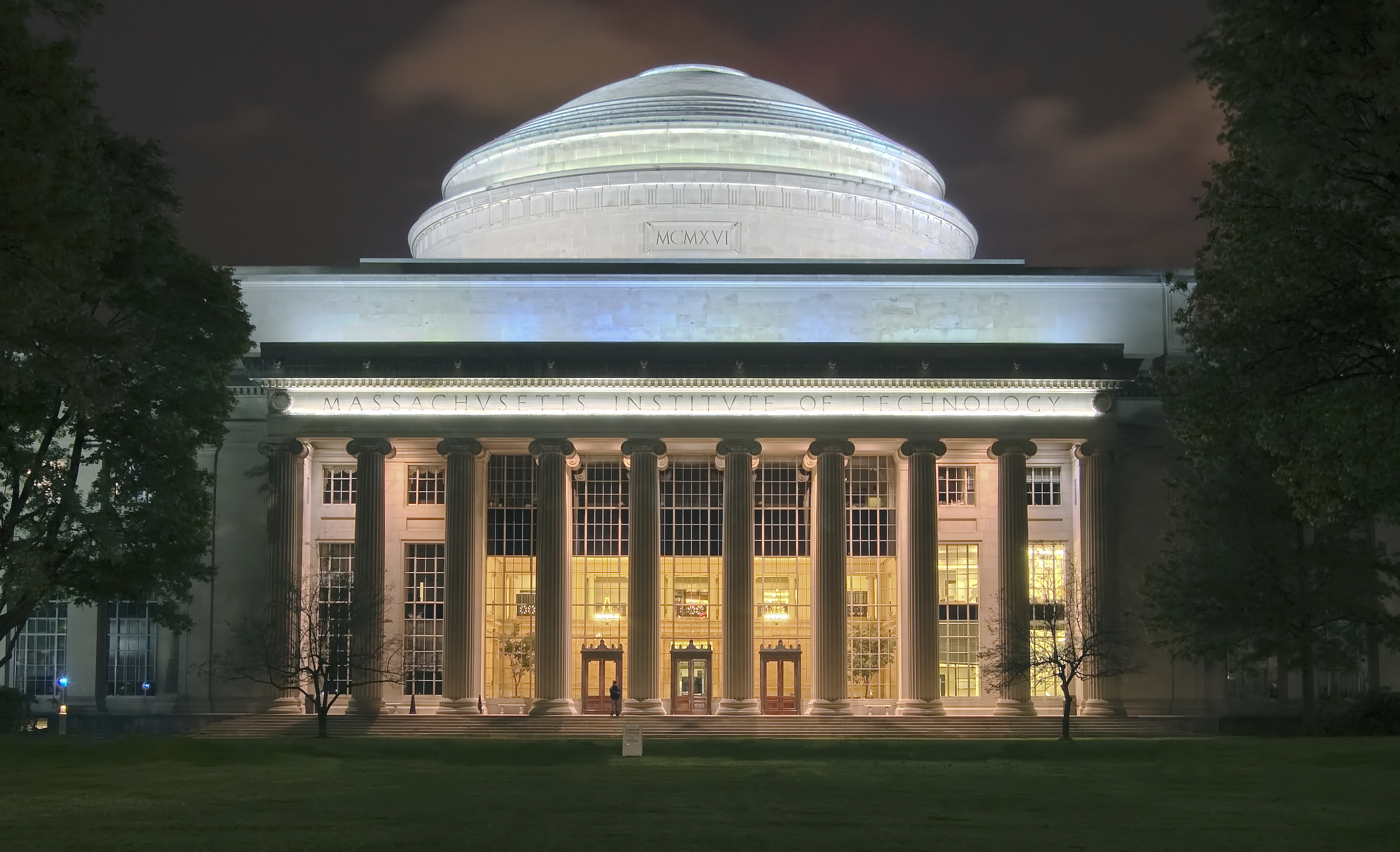
In stark contrast to the ancient elegance of Oxford, the Massachusetts Institute of Technology (MIT) showcases a bold modernist vision that reflects its pioneering spirit in science and technology. The campus is a playground of architectural innovation, where renowned architects like Frank Gehry and Eero Saarinen have left their indelible marks. The Stata Center, designed by Gehry, is a prime example of deconstructivist architecture, with its unconventional forms and playful use of materials. The building challenges traditional architectural norms, embodying the creative and experimental ethos of MIT. Eero Saarinen's Kresge Auditorium and Chapel further demonstrate the university's commitment to cutting-edge design. The auditorium's thin-shell structure and the chapel's cylindrical form with its dramatic interior lighting create spaces that are as functional as they are visually striking. These buildings not only enhance the aesthetic landscape of the campus but also serve as catalysts for innovation, inspiring students to think beyond conventional boundaries. MIT's architecture is a testament to the power of design in shaping the future, where the physical environment reflects the institution's forward-thinking mission.
3. The Gothic Revival of Princeton University
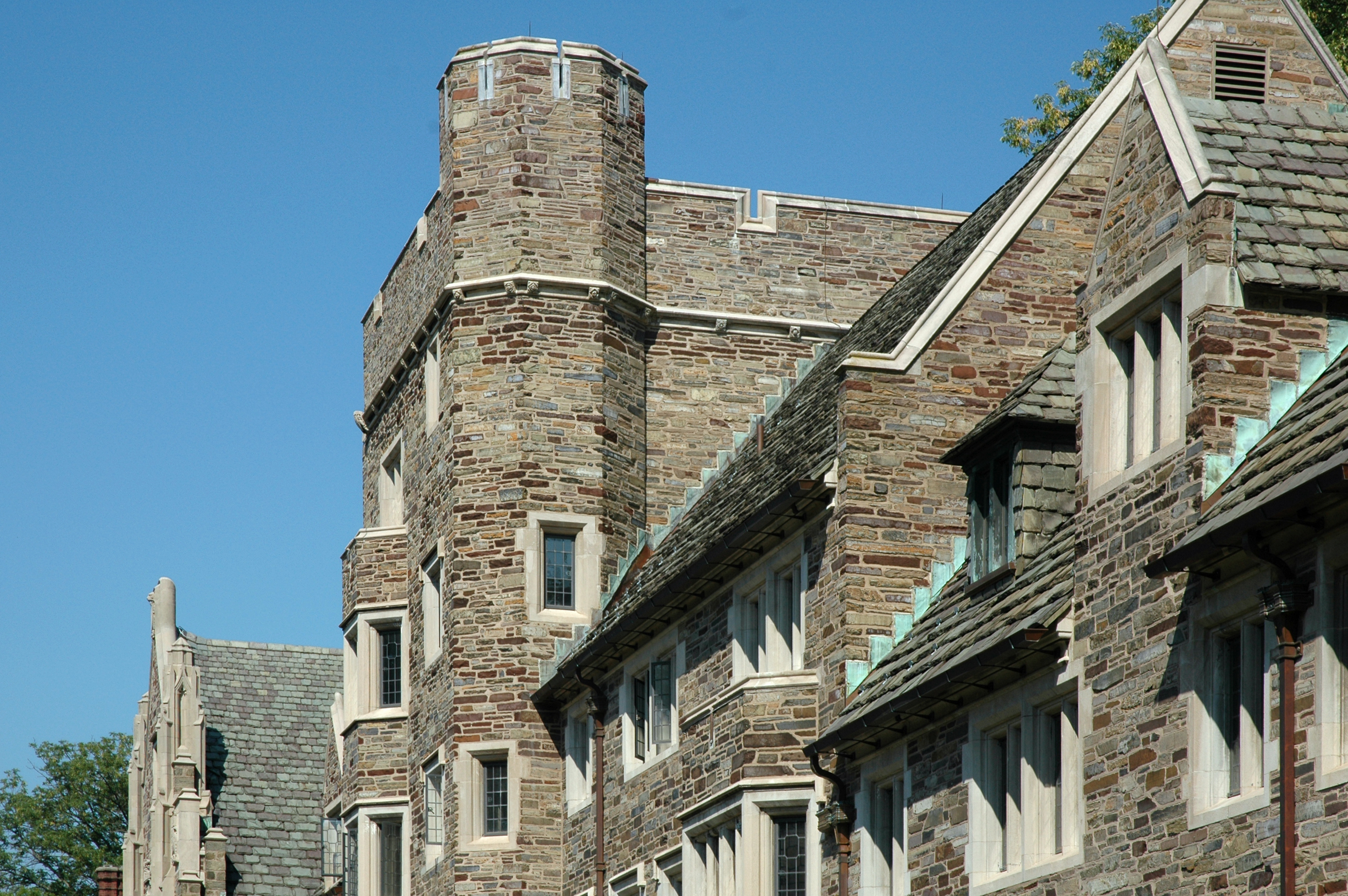
Princeton University's campus is a showcase of Gothic Revival architecture, a style that evokes the grandeur of medieval cathedrals and cloisters. The university's buildings, with their pointed arches, ribbed vaults, and flying buttresses, create an atmosphere of timeless elegance and academic gravitas. The Princeton University Chapel, a centerpiece of the campus, is a stunning example of this architectural style, with its soaring nave and intricate stained glass windows that bathe the interior in a kaleidoscope of colors. The Collegiate Gothic style that defines much of Princeton's architecture is not merely an aesthetic choice but a deliberate effort to create a sense of continuity and tradition. The campus's ivy-clad walls and meticulously landscaped gardens enhance this sense of timelessness, providing a serene setting for contemplation and study. The architecture of Princeton is a celebration of history and heritage, where the past and present converge to create an inspiring environment for learning and discovery.
4. The Renaissance Splendor of Stanford University
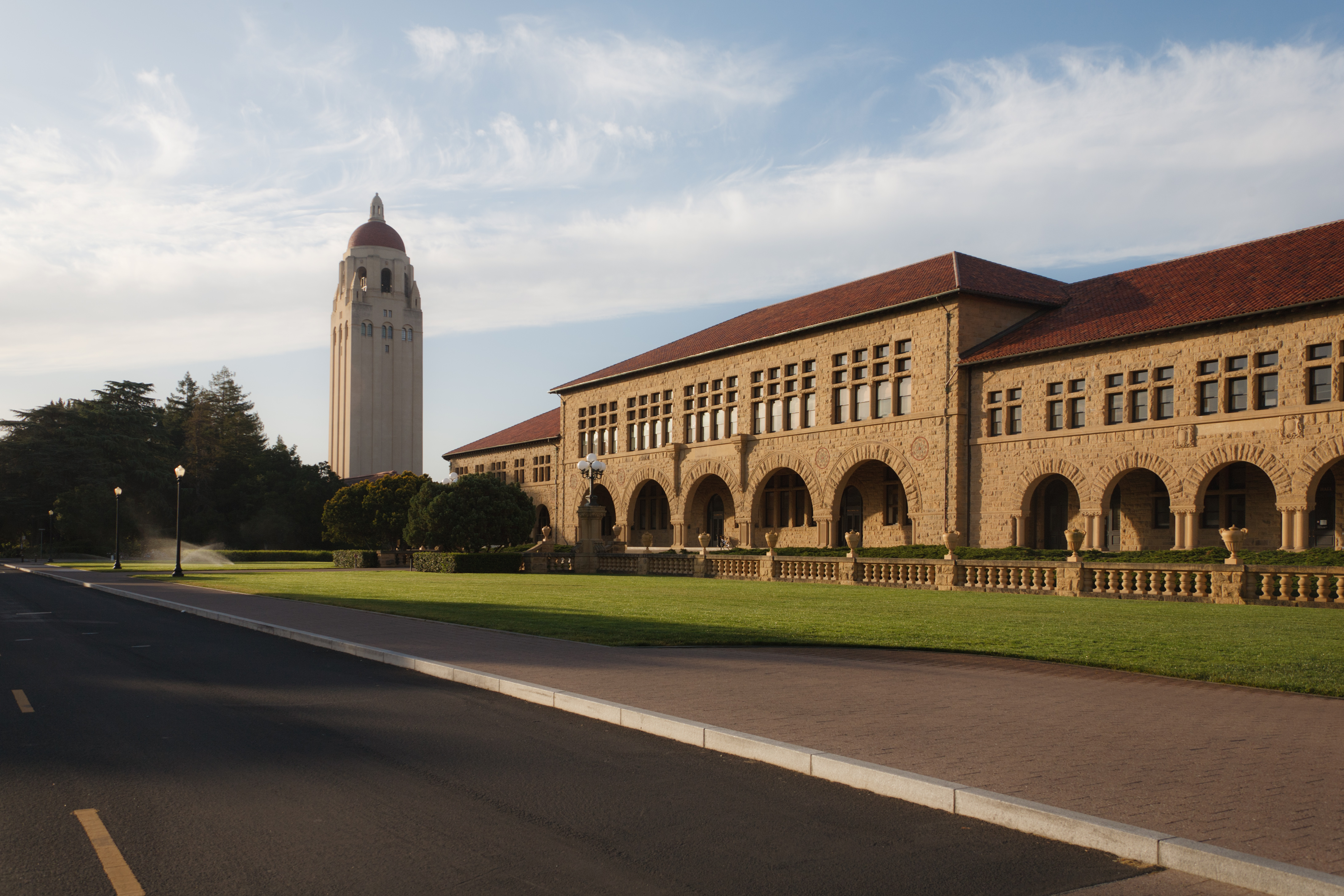
Nestled in the heart of Silicon Valley, Stanford University combines the grandeur of Renaissance architecture with the innovation of modern design. The campus's distinctive red-tiled roofs and sandstone arches are reminiscent of a Mediterranean village, creating a warm and inviting atmosphere that reflects the university's commitment to fostering a vibrant intellectual community. The Main Quad, with its arcaded walkways and lush courtyards, serves as the focal point of the campus, offering a picturesque setting for academic and social gatherings. Stanford's architecture is not only beautiful but also functional, designed to promote collaboration and creativity. The university's commitment to sustainability is evident in its modern buildings, which incorporate eco-friendly materials and technologies. The juxtaposition of historical and contemporary design elements on Stanford's campus creates a dynamic environment that encourages innovation while honoring tradition. This architectural harmony embodies the university's mission to advance knowledge and address the challenges of the future.
5. The Neo-Classical Grandeur of the University of Virginia
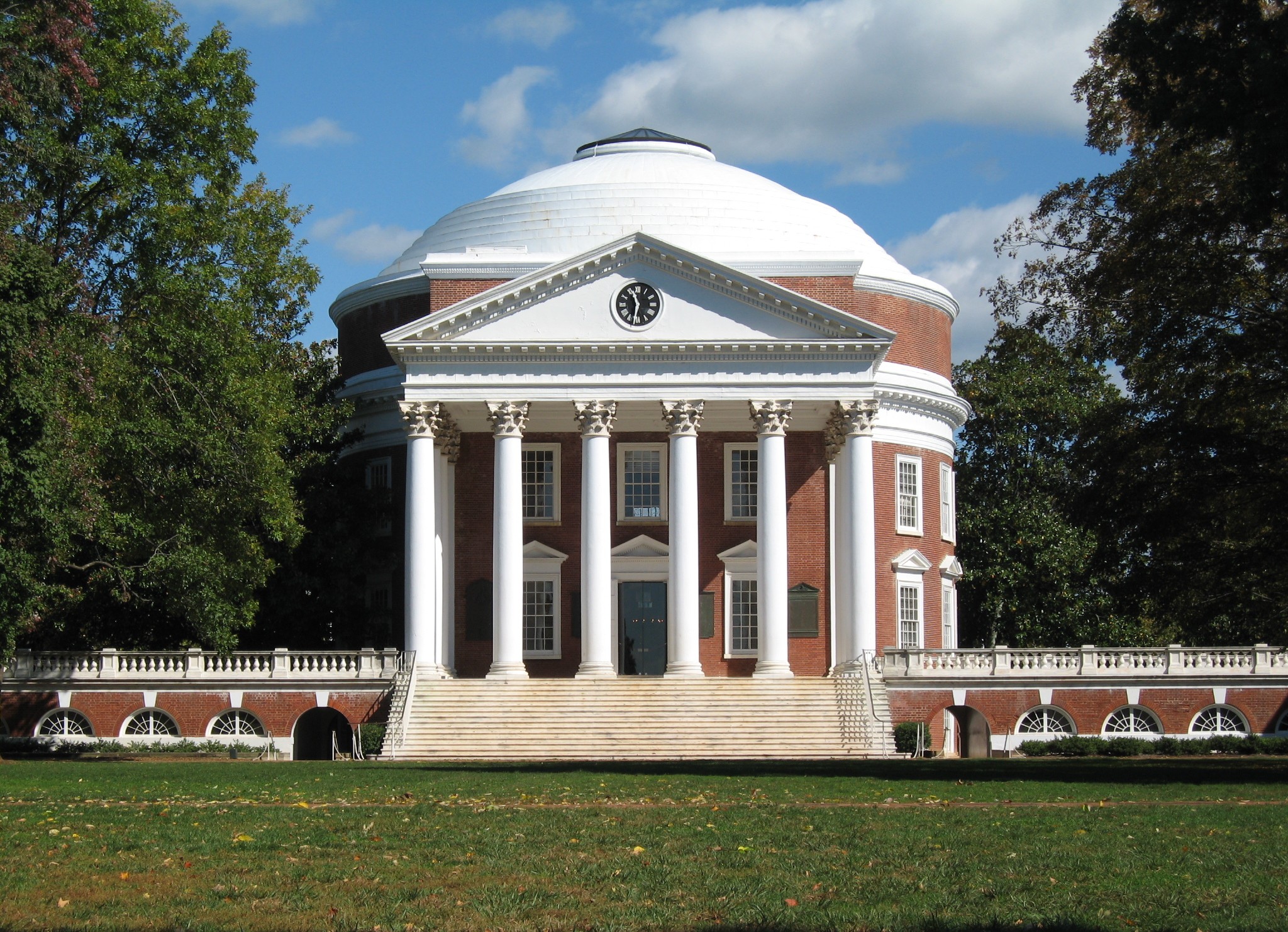
The University of Virginia, founded by Thomas Jefferson, is a masterpiece of Neo-Classical architecture, reflecting the ideals of the Enlightenment and the democratic spirit of the new nation. The Rotunda, inspired by the Pantheon in Rome, serves as the architectural and symbolic heart of the campus, representing Jefferson's vision of education as a cornerstone of democracy. The surrounding Lawn, with its colonnaded pavilions and student rooms, creates a harmonious and contemplative environment that encourages intellectual exchange. Jefferson's architectural legacy at the University of Virginia extends beyond the Rotunda, with the campus's layout and design reflecting his belief in the integration of beauty, utility, and academic purpose. The university's buildings, with their classical proportions and elegant details, create a sense of timelessness and order, where the pursuit of knowledge is elevated to an art form. This architectural vision continues to inspire students and scholars, serving as a reminder of the enduring power of education to shape society and advance human progress.
6. The Harmony of Nature and Architecture at University of Cape Town

Perched on the slopes of Table Mountain, the University of Cape Town (UCT) boasts a campus where nature and architecture coexist in perfect harmony. The university's buildings, with their Cape Dutch architectural style, blend seamlessly into the natural landscape, creating a serene and inspiring environment for learning. The iconic Jameson Hall, with its neoclassical facade and commanding views of the city and the ocean, serves as a focal point for the campus, embodying the university's commitment to excellence and inclusivity. The integration of nature and architecture at UCT is not only aesthetically pleasing but also reflective of the university's values of sustainability and social responsibility. The campus's open spaces and gardens provide a tranquil setting for reflection and recreation, while the surrounding natural beauty serves as a constant reminder of the importance of environmental stewardship. UCT's architecture is a celebration of the unique cultural and natural heritage of South Africa, offering a space where students from diverse backgrounds can come together to learn, grow, and innovate.
7. The Baroque Majesty of University of Salamanca
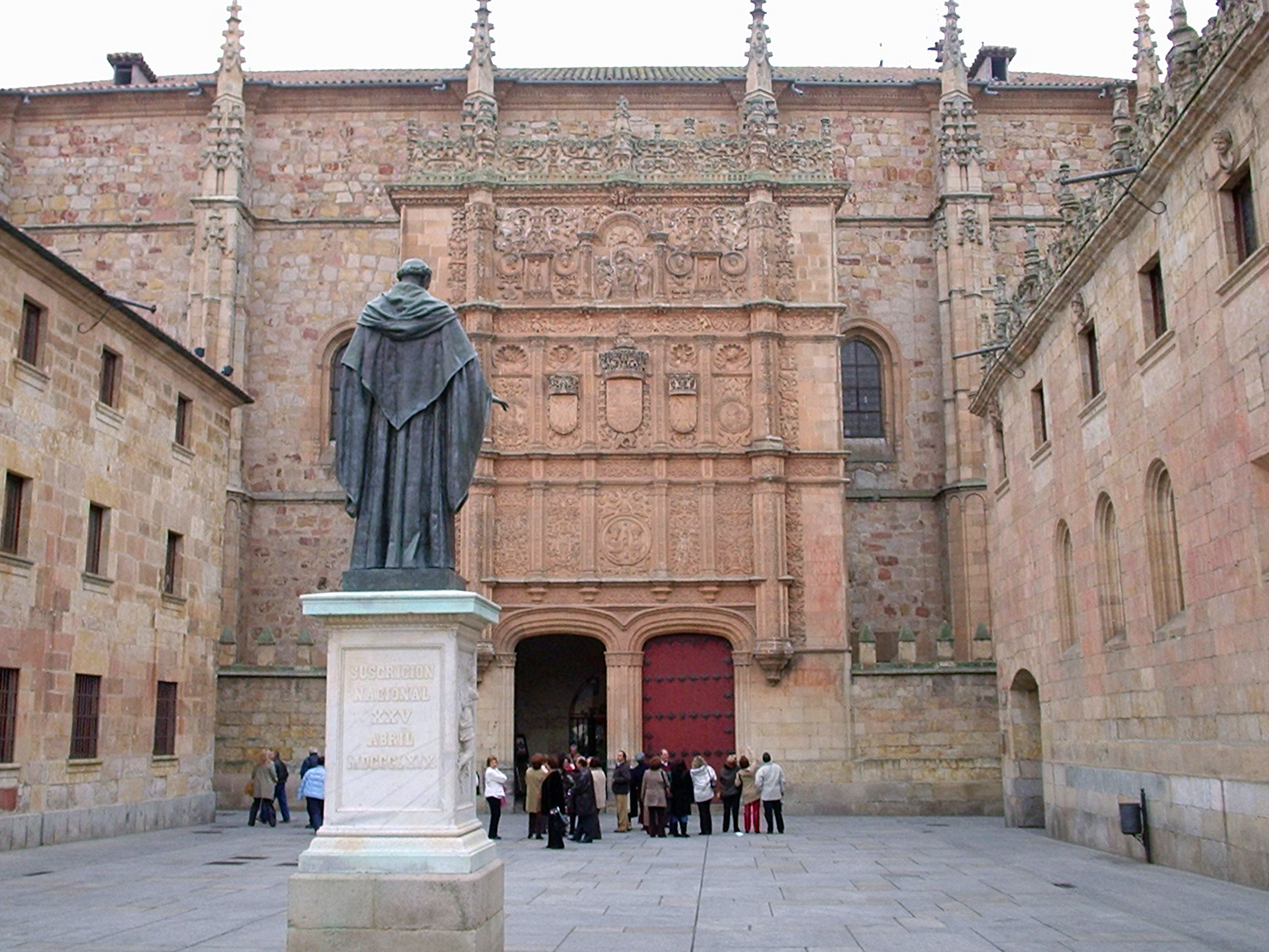
The University of Salamanca, one of the oldest universities in the world, is a treasure trove of Baroque architecture, where history and artistry converge to create a breathtaking academic setting. The university's Plateresque facade, with its intricate stone carvings and ornate details, is a masterpiece of Spanish Renaissance architecture, drawing visitors from around the globe. The grandeur of the facade is matched by the splendor of the university's interior spaces, where vaulted ceilings and richly decorated chapels reflect the artistic and cultural achievements of the Spanish Golden Age. The architecture of the University of Salamanca is not only a testament to the skill and creativity of its builders but also a reflection of the university's enduring commitment to scholarship and cultural exchange. The campus's historic buildings serve as a living museum, where the past is preserved and celebrated, offering a unique and inspiring environment for learning and discovery. The University of Salamanca stands as a symbol of the enduring power of education to transcend time and connect generations in the pursuit of knowledge and understanding.
8. The Futuristic Landscape of University of Technology, Sydney

The University of Technology, Sydney (UTS) is a beacon of contemporary architecture, where cutting-edge design and technological innovation define the campus landscape. The Dr Chau Chak Wing Building, designed by Frank Gehry, is a striking example of modern architecture, with its undulating brick facade and dynamic form that challenges conventional notions of structure and space. The building's interior is equally innovative, with open-plan spaces and state-of-the-art facilities that foster collaboration and creativity. UTS's commitment to sustainable design is evident in its campus architecture, with buildings that incorporate green technologies and materials to reduce environmental impact. The university's focus on innovation is reflected in its architectural vision, where form and function are seamlessly integrated to create a vibrant and dynamic learning environment. UTS's architecture is a testament to the transformative power of design, where the built environment serves as a catalyst for change and progress, inspiring students to think creatively and push the boundaries of what is possible.
9. The Eclectic Charm of University of Mumbai

The University of Mumbai, with its eclectic blend of architectural styles, offers a unique and captivating campus experience. The Rajabai Clock Tower, a landmark of the university, is a stunning example of Gothic Revival architecture, with its intricate detailing and soaring spire that dominates the skyline. The tower, inspired by the Big Ben in London, serves as a symbol of the university's rich heritage and academic excellence. The university's campus is a tapestry of architectural influences, reflecting the diverse cultural and historical legacy of Mumbai. From the colonial-era buildings with their Indo-Saracenic design to the modern structures that embody contemporary Indian architecture, the campus offers a visual feast that celebrates the city's vibrant and dynamic spirit. The architecture of the University of Mumbai is a testament to the power of education to bridge cultures and connect people, offering a space where tradition and modernity coexist in harmony.
The 9 college campuses thus explored in this article are not just centers of academic excellence; they are also masterpieces of architectural design that elevate the educational experience to new heights. These campuses, with their stunning buildings and thoughtfully designed spaces, offer more than just a backdrop for learning; they inspire and enrich the lives of students, faculty, and visitors alike. Ultimately, the architecture of these universities reflects their unique histories, values, and visions, creating environments that foster creativity, innovation, and collaboration.








